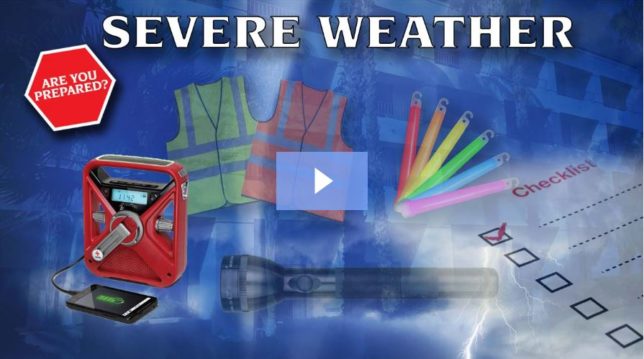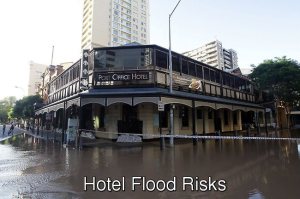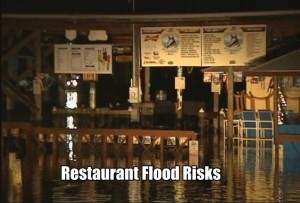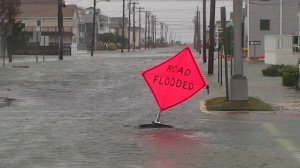EL NINOÂ PROPERTY PREPAREDNESSÂ CHECKLIST
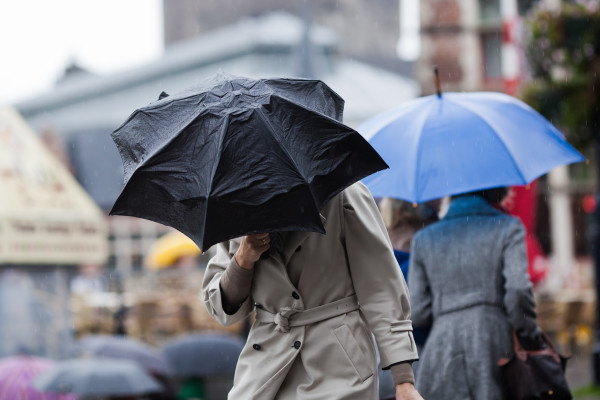
1. Property Ground Keeping: Make a general inspection of your entire yard area for dead trees or dead limbs, yard debris, outdoor furniture, or other objects that could be blown by El Nino storm winds. An afternoon spent tidying up the yard and either storing furniture and other loose items indoors or securing them can prevent a frantic scramble to collect items that have landed on your roof or in your neighbors’ yards.
2. Drains and Gutters: Make sure all drains and gutters are cleared of debris and functioning properly before the storm season. If buildings do not have gutters and drains, consider having them installed. Storm water runoff from impermeable sufaces (e.g., roofs, driveways, and patios) should be directed into a collection system to avoid soil saturation.
3. Roofs: Inspect your roof, or hire a roofing contractor, to check for loose tiles, holes, or other signs of wear and tear.
4. Retaining Walls: Visually inspect all retaining wall drains, surface drains, culverts, ditches, etc. for obstructions or other signs of malfunction, before the storm season, and after every storm event.
5. Slopes: Visually inspect all sloped areas for signs of gullying, surface cracks, slumping etc. Also inspect patios, retaining walls, garden walls, etc. for signs of cracking or rotation. Such signs might be indications of slope movement and if you notice any problems, it would be prudent to have the site inspected by a geotechnical engineer, especially in California fire areas.
6. Storm Drains: Visually inspect nearby storm drains, before the storm season and after every rain; if the storm drains are obstructed, clear the material from the drain or notify the Department of Public Works or public agency responsible for drain maintenance.
7. Follow-up and Other Concerns: If, after taking prudent steps to prepare your property for winter storms, you still have some concerns about slope stability, flooding, mudflows, etc., consider stockpiling sandbags and plastic sheeting. The sandbags can be stacked to form a barrier to keep water from flooding low areas. Plastic sheeting and visqueen can be placed on slopes and secured with sand bags to prevent water from eroding the soil.
8. First Responders: Establish a relationship with a professional restoration company ahead of time. During a storm, restoration companies will be busy. If they know you already, there is a stronger chance you will be placed at the top of the list. Your corporate office may already have a list of vetted companies to call.
For more:Â http://bit.ly/1N9LlaP

